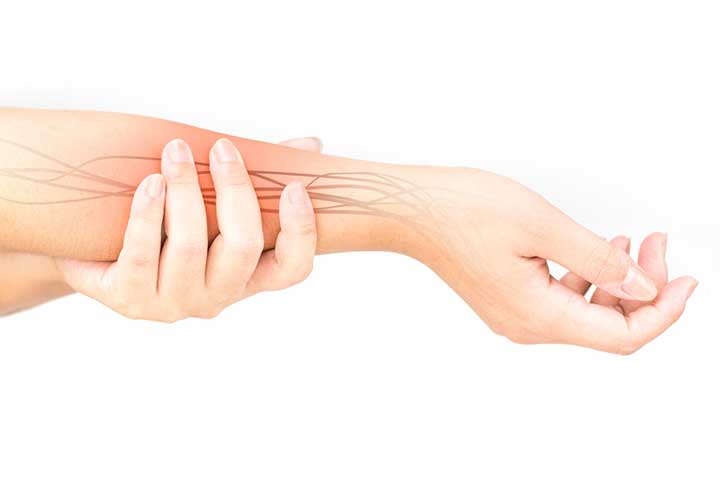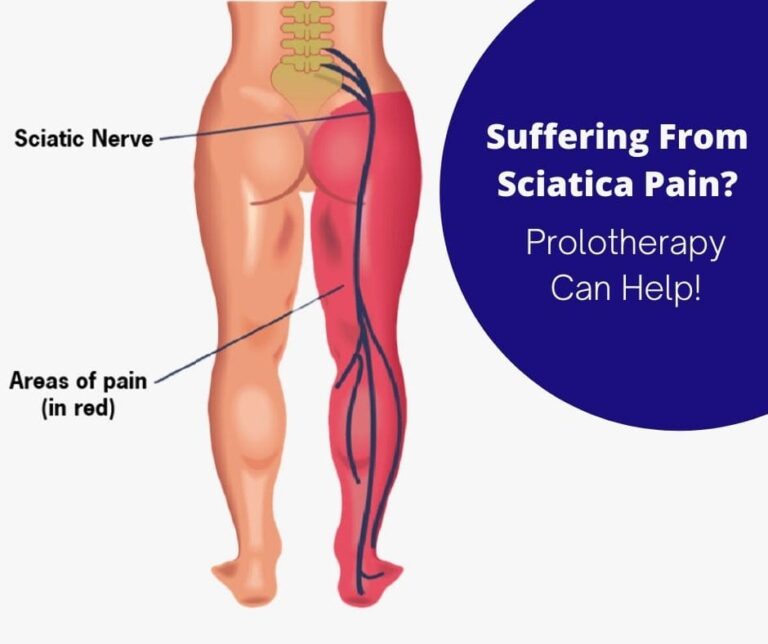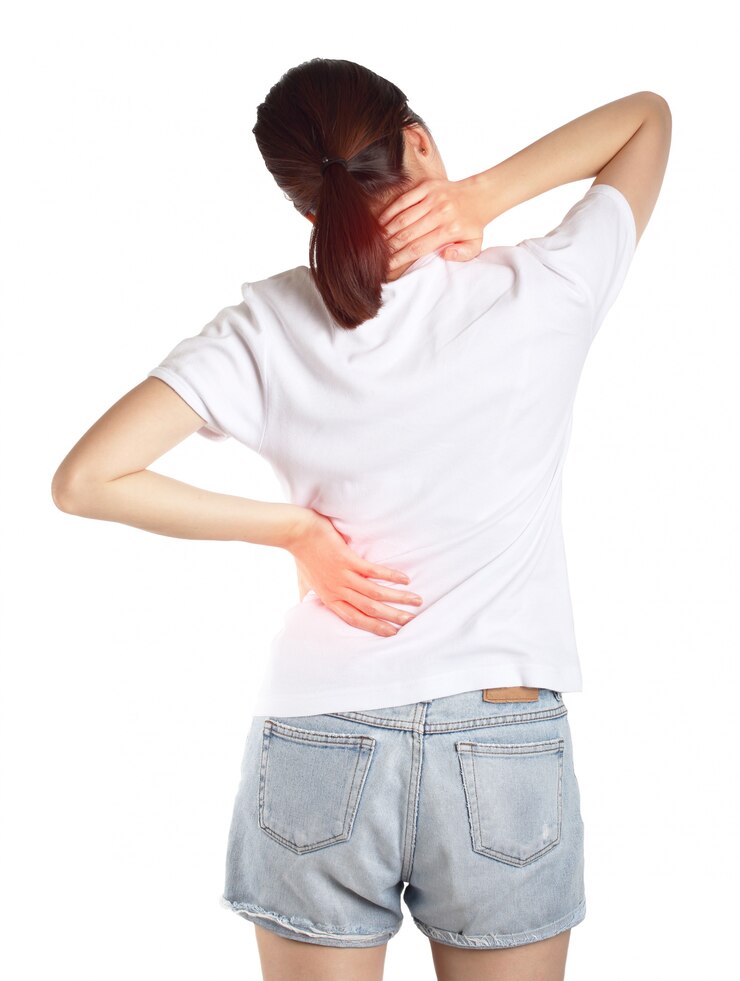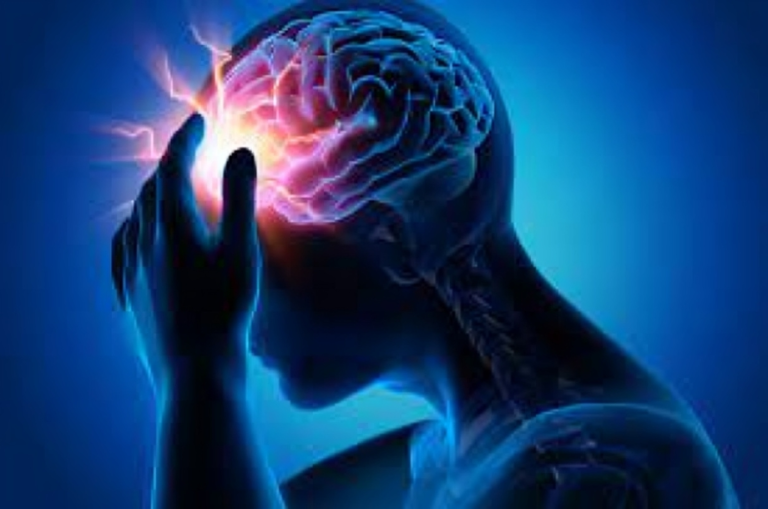Rehabilitating Shoulder Pain: The Role of Physical Therapy in Recovery
Shoulder pain is a common complaint that can significantly impair daily activities and quality of life. Whether stemming from injuries, overuse, or underlying conditions, finding effective relief often involves a multifaceted approach. Among these strategies, physical therapy stands out as a cornerstone of rehabilitation. In this article, we delve into the vital role of physical therapy in managing shoulder pain, exploring its techniques, benefits, and the journey toward recovery.
TO KNOW MORE ABOUT IT PLEASE CLICK HERE
Understanding Shoulder Pain
Before diving into rehabilitation strategies, it’s essential to understand the diverse causes of shoulder pain. From rotator cuff injuries and tendonitis to frozen shoulder and arthritis, the shoulder joint is susceptible to various ailments. Additionally, factors such as poor posture, muscle imbalances, and repetitive motions can contribute to discomfort and inflammation in the shoulder region.
The Role of Physical Therapy
Physical therapy for shoulder pain involves targeted exercises, manual techniques, and modalities aimed at reducing pain, improving range of motion, and restoring strength and function. A skilled physical therapist assesses the individual’s condition, devises a personalized treatment plan, and guides them through the rehabilitation process.
Techniques and Modalities
Physical therapy techniques for shoulder pain encompass a spectrum of interventions tailored to the individual’s needs. These may include:
- Range of motion exercises: Gentle movements designed to improve flexibility and mobility in the shoulder joint.
- Strengthening exercises: Progressive resistance training to rebuild muscle strength and stability, targeting specific muscles around the shoulder girdle.
- Manual therapy: Hands-on techniques such as massage, joint mobilization, and soft tissue manipulation to alleviate pain and improve joint function.
- Modalities: Application of heat, cold, ultrasound, electrical stimulation, or laser therapy to reduce pain and inflammation and promote tissue healing.
Benefits of Physical Therapy
The benefits of physical therapy for shoulder pain are manifold. Beyond pain relief, physical therapy helps restore function, prevent future injuries, and enhance overall well-being. By addressing underlying biomechanical issues and promoting proper movement patterns, physical therapy empowers individuals to regain control over their shoulder health and return to their desired level of activity.
The Rehabilitation Journey
Rehabilitation for shoulder pain is not a one-size-fits-all approach. It requires commitment, patience, and collaboration between the individual and their physical therapist. The rehabilitation journey often progresses through stages, starting with pain management and gradually advancing to functional restoration and performance optimization. Regular communication with the therapist, adherence to home exercise programs, and gradual progression of activities are key components of a successful rehabilitation journey.
Empowering Individuals
One of the significant aspects of physical therapy is its focus on education and self-management strategies. Physical therapists empower individuals with the knowledge and tools to take an active role in their recovery. By understanding proper body mechanics, ergonomics, and injury prevention techniques, individuals can mitigate future recurrences of shoulder pain and maintain optimal shoulder health in the long term.
Conclusion
Rehabilitation and physical therapy play a pivotal role in the management of shoulder pain, offering effective strategies for pain relief, restoration of function, and prevention of future injuries. Through targeted exercises, manual techniques, and patient education, physical therapy empowers individuals to reclaim their shoulder health and regain their quality of life. By embracing the rehabilitation journey with diligence and determination, individuals can overcome shoulder pain and embrace a life of movement and vitality.
Also, Follow us on Instagram







